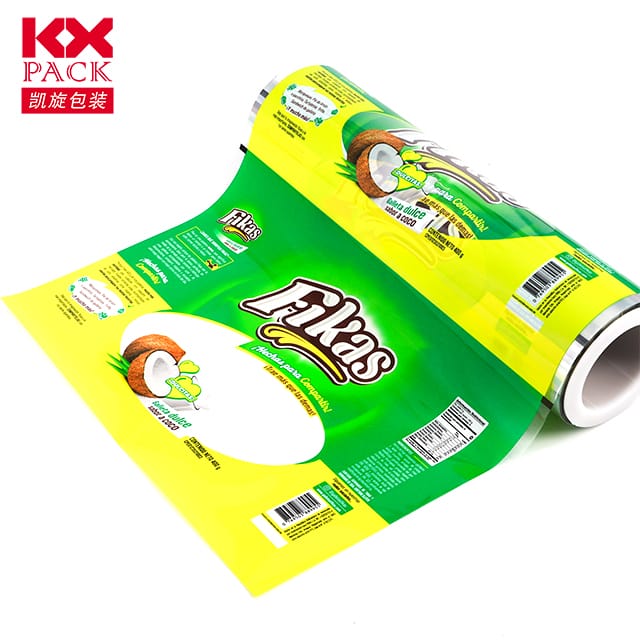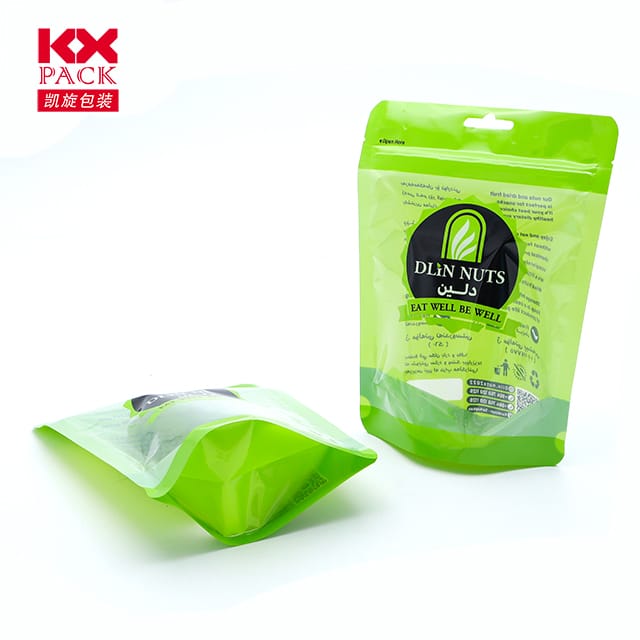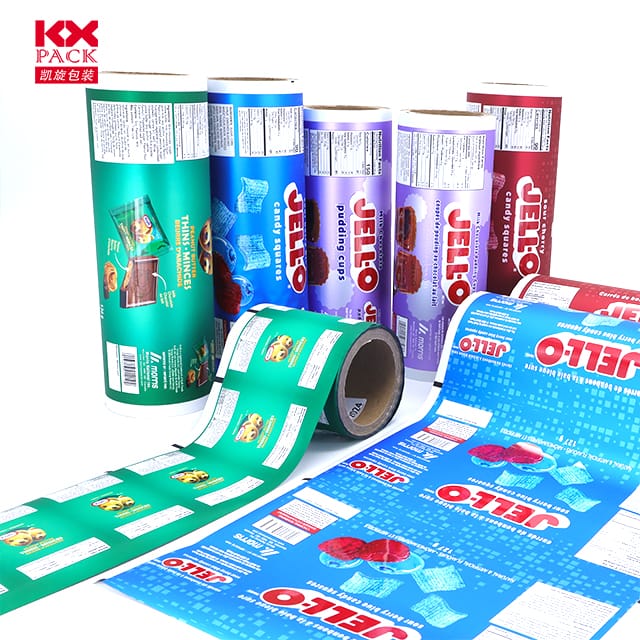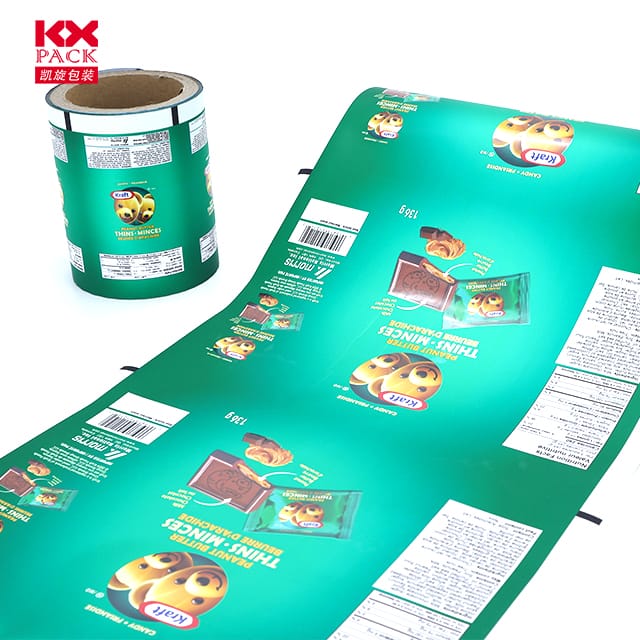식품 포장을위한 플라스틱 필름의 필수 역할과 환경 문제
플라스틱 필름
In the modern world, 식품 포장 용 플라스틱은 일상 생활에서 없어서는 안될 부분이되었습니다.. 슈퍼마켓 선반에서 집 주방까지, 이 다재다능한 재료는 식량 품질을 보존하는 데 중요한 역할을합니다., 저장 수명 확장, 음식물 쓰레기 감소. 하지만, 그 인기가 커짐에 따라, so do concerns about its environmental impact. Let’s dive into the dual nature of plastic film for food—its benefits and the challenges it poses.
The Benefits of Plastic Film for Food
- Preservation and Freshness
Plastic acts as a barrier against oxygen, 수분, 그리고 오염 물질, significantly slowing down the spoilage process. It keeps fruits, 채소, 고기, and baked goods fresher for longer, reducing the need for frequent shopping trips and minimizing food waste at home. - Convenience and Hygiene
Pre-packaged foods wrapped in film offer unmatched convenience for busy consumers. They also ensure hygiene by protecting food from physical contaminants and cross-contamination during transportation and storage. - 비용 효율성
For manufacturers and retailers, plastic film is an affordable and lightweight packaging solution. Its low cost and durability make it ideal for mass production and distribution, helping keep food prices stable. - 다재
Available in various forms (예를 들어, cling wrap, shrink wrap, vacuum-sealed bags), plastic film adapts to different food types and packaging needs. Its transparency also allows consumers to inspect products before purchase.
The Environmental Drawbacks
장점에도 불구하고, plastic film for food packaging is not without downsides:
- Non-Biodegradability
Most films are made from polyethylene (체육) 또는 폴리 프로필렌 (PP), which take hundreds of years to decompose. This leads to long-term pollution in landfills, oceans, and ecosystems. - 재활용 도전
While some films are recyclable, many end up in mixed waste streams due to contamination or lack of proper recycling infrastructure. Thin films, 특히, often clog sorting machines at recycling facilities. - 미세한 오염
When plastic film degrades, it breaks into microplastics that infiltrate soil, water, and the food chain. These tiny particles pose health risks to humans and wildlife. - Single-Use Culture
The convenience of disposable plastic film encourages a throwaway culture, exacerbating global plastic pollution.
Sustainable Alternatives and Solutions
Addressing the environmental impact of film requires a multi-pronged approach:
- 생분해 성 및 퇴비 필름
Innovations in bioplastics, such as PLA (폴리 락트산) derived from corn starch or algae-based films, offer eco-friendly alternatives. These materials decompose naturally in industrial composting facilities. - Reusable Packaging Systems
Brands are exploring reusable containers, silicone food wraps, and beeswax wraps as sustainable substitutes for single-use plastic film. - Improved Recycling Infrastructure
Governments and industries must invest in better recycling technologies and consumer education to increase plastic film recycling rates. - Reduced Packaging
Minimalist packaging designs and bulk-buying options can cut down on plastic film usage without compromising food safety. - Policy Interventions
Bans or taxes on single-use plastics, coupled with incentives for sustainable packaging, can drive market shifts toward greener alternatives.
Consumer Responsibility
As individuals, we can also make a difference:
- Opt for products with minimal or eco-friendly packaging.
- Reuse plastic film where possible (예를 들어, for storing leftovers).
- Participate in local recycling programs and advocate for better waste management.
- Support brands committed to sustainability.
결론
Plastic film for food packaging is a double-edged sword—a lifesaver for food preservation but a threat to the planet. Striking a balance between convenience and sustainability requires innovation, policy changes, and collective action. By embracing alternatives, improving recycling, 폐기물 감소, we can enjoy the benefits of plastic film without sacrificing the health of our environment. The future of food packaging lies in smarter, greener solutions—and it starts with us.
What are your thoughts on plastic film for food? Share your tips for reducing plastic waste in the comments below! 🌍🥦







